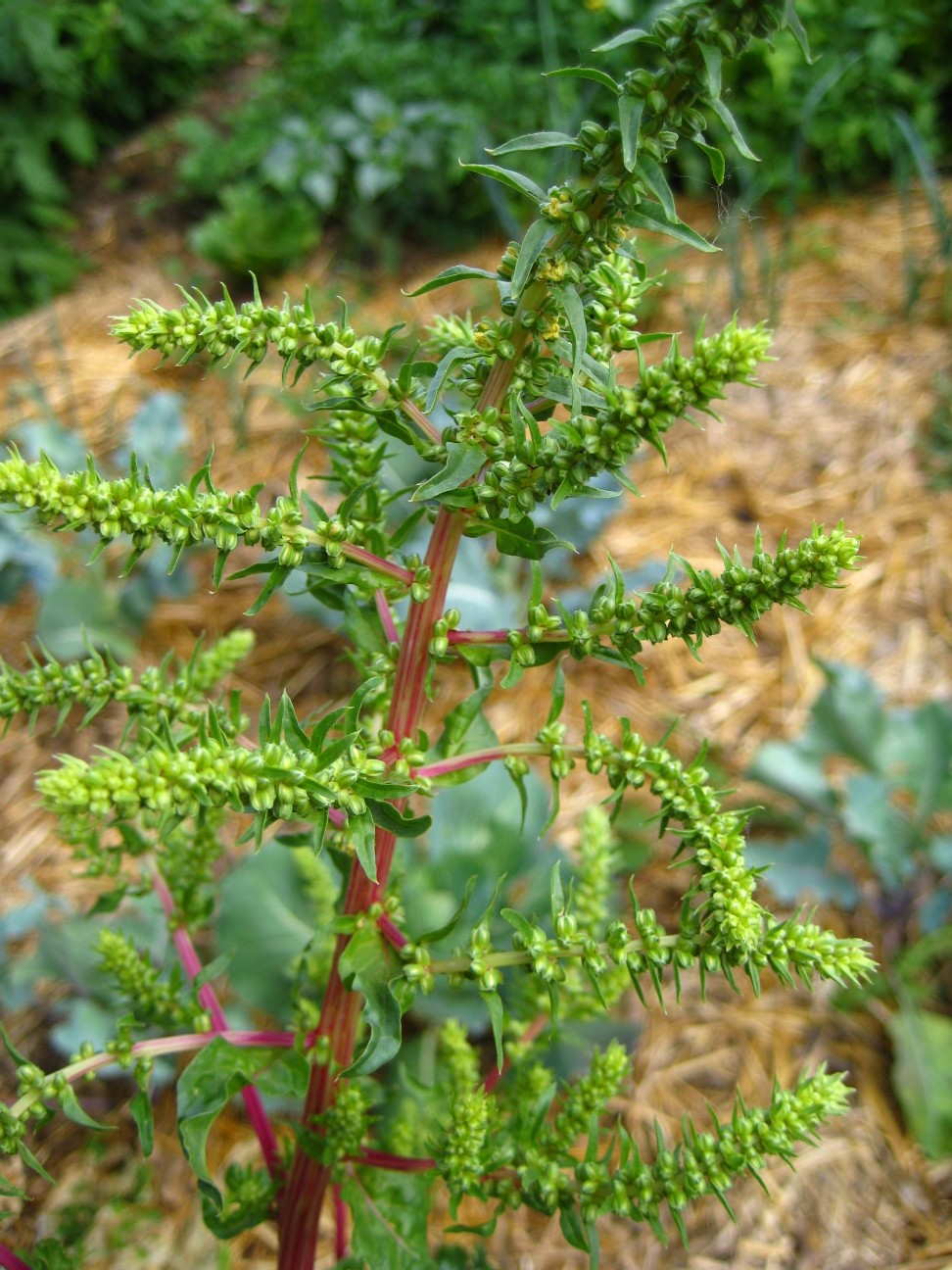I am letting several bright lights chard plants go to seed this year. These particular plants survived our insanely cold and snowy winter without any protection, so in my book they are survivors and it would be well worth keeping thier progeny around. We save some other seeds around here each year. Obviously the simple stuff like tomatoes and arugula, and Gary saved some cabbage seed last year as well. But here is the issue with the whole ‘urban’ self sufficiency thing. I need more room!
While the chard plants above are beautiful in thier own right – they are taking up a LOT of summertime growing space. I have to constantly do a cost/benefit analysis of the items in our limited garden space. Letting this chard go to seed means we will have plenty of seed for successive years. That seed will feed us well and ideally for a longer period of time since we have selected for plants that showed the most resilience in the cold. But for now, that chard is taking up the space that my tomatoes would be occupying. It is a constant assessment and reassessment game. Delicious fresh greens in the fall and winter means that many fewer quarts of ruby tomatoes for this year.
For the most part I think I am reconciled to mostly just saving seed for annual plants. Those plants that take 2 years to produce seed simply don’t pay back enough for the space they occupy on our little eighth of an acre. All of this garden economic theory aside, I do get a simple joy out of watching the full life cycle of these plants. So many of our crops we harvest and consume without a thought to what they may look like at the peak of thier maturity. Sometimes it becomes an entirely different animal alltogether…


1 response so far ↓
1 Girish // Jul 16, 2015 at 10:52 pm
Each seed will make on plant. Not all seeds grow though, so plant more seeds than you need. When you plant your seeds, fololw the directions on the package. It will tell you how much dirt to put on top, how far to space each plant, and how long it will take for the seed to start growing. Water your plants whenever the soil feels dry. You don’t want to over-water them so just make sure the soil is always damp.The best planters to start seeds are small styrofoam cups. Poke a little hole in the bottom to let the extra water out. Put that cup inside another one, without a hole, to catch th ewater so it doesn’t make a mess. Good luck on your planting and on your project!
Leave a Comment